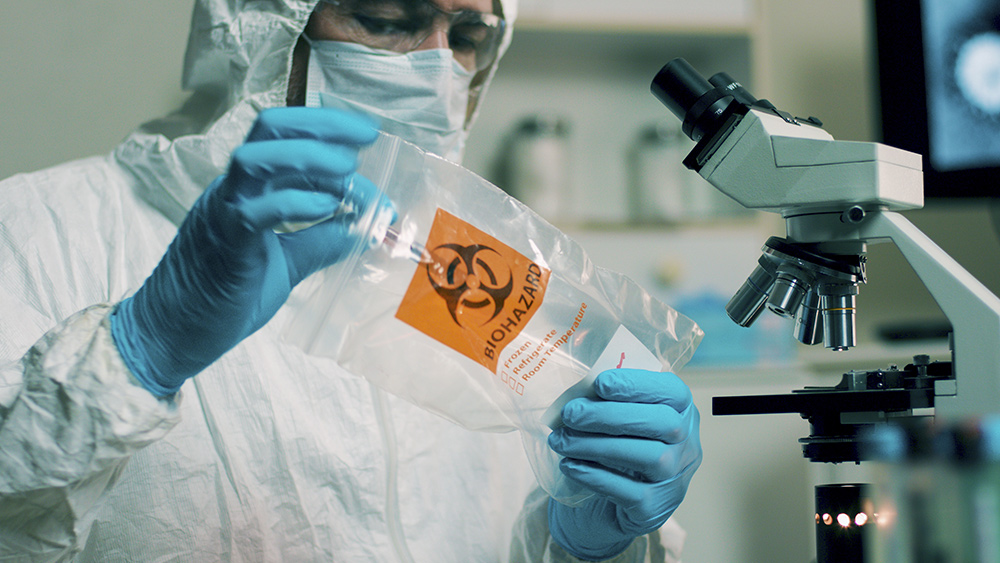
Emilio Jimenez, the mayor of the township of Lazaro Cardenas, which Holbox is a part of, who said that the situation was desperate. “On every street corner, there is a small sewer cistern. Right now, these are overflowing, and the liquid spilling out is urine. Of 81 cisterns, 21 are failing.”
Mayor Jimenez says that the treatment system is ill-equipped to deal with the influx of people. The pipes, laid down 15 years ago, were meant to serve only around 800 people. The island now has 3,000 residents and welcomes more than a thousand tourists every year. That’s a whole lot of extra waste for one system to accommodate. Inevitably, the pipes end up expelling the excess urine and fecal matter right up to people’s homes. The local media has shown men in tall rubber boots trudging along in water filled with feces up to their knees.
If that wasn’t enough of a health hazard, tourists are also exposed to excessive heat. Holbox still uses a primitive diesel power generator system, which has been failing as well. The absence of electricity means that residents and tourists are exposed to the humid climate -- an environment that could, if one was not used to it, lead to heat stroke or fainting. No power also means that the water system stops as well. Tourists have been complaining of having no fresh water, being stuck on an island with no air conditioning, and being unable to use the bathroom.
“Clearly, this [is] affecting tourism a lot,” worried Mayor Jimenez.
Isla Holbox is not the only thorn on Mexico’s tourism side. Another popular tourist destination, the “floating gardens” of Xochimilco, has also been reported to have problems dealing with its waste. Xochimilco is a well-loved UNESCO Heritage Site and features a series of canals and plots built by the Aztecs. However, researchers at the site have found that the water being fed into it from the Cerro de la Estrella water treatment plant contained excessive levels of feces.
The authors of the report say that government officials should stop the flow of these “treated” waters into Xochimilco as these are used to irrigate the vegetable gardens. Xochimilco farmers have already begun to plant flowers instead of vegetables because they say that the soil is contaminated. Not so surprising, they say, since the canals are visibly covered in a thick layer of sludge and slime.
The situation is only expected to get worse. (Related: Defective sewage waste infrastructure blamed for rise in suberbugs.)
Around 80 percent of Mexico City’s waste is treated at the Cerro de la Estrella plant. If this plant were to experience a situation similar to that of Holbox, it could provoke a wave of diseases. Of particular worry to the Mexican government is the potential for cholera. This is a diarrheal illness caused by bacteria. Severe cases of the condition are characterized by profuse vomiting, watery diarrhea, and leg cramps. If left untreated, infected people can die within hours.
Like what you're reading? You can read more stories like this on NewsTarget.com.
Sources include:
Please contact us for more information.























